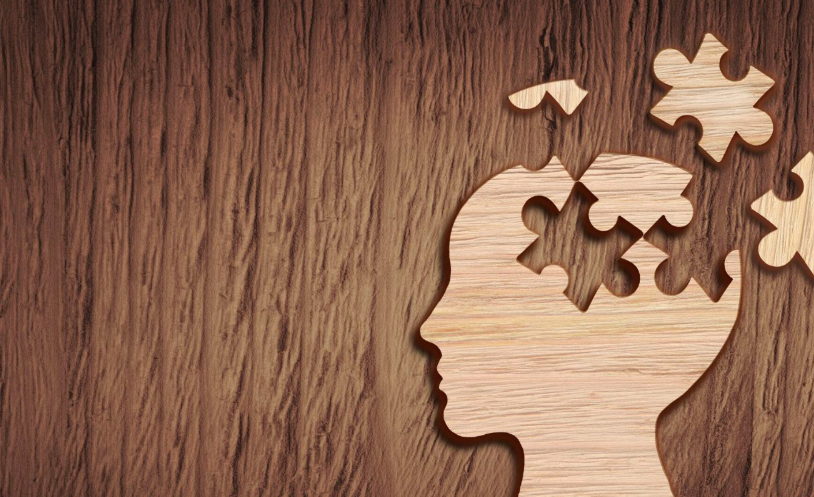How do our emotions affect us?

Ever wondered what the “fight or flight response” is? Experienced anxiety or physical effects of stress, maybe even panic attack symptoms, but never quite understood why or how these feelings happen? Well, worry not because Russ Harris knows the answer and he’s here to help….
What are emotions?
Whilst scientists haven’t come to an agreement on what emotions actually are, they have decided that they originate from the middle layer of the brain, known as the “midbrain” and that a series of physical changes happen throughout the body when an emotion is being experienced.
What physical changes can happen when experiencing an emotion?
These changes help the body prepare to take action
– An increased heart rate or faster rate of breathing
– Raised blood pressure
– Racing heart, churning stomach, trembling legs, shaky hands or sweaty palms
– Urges to run away or quit what you’re doing
– Fidgeting, talking rapidly, or pacing up and down
– Butterflies in the stomach
– A lump in the throat
– Watery eyes
– Crying or laughing
– Changing voice pitch
– Changing facial expressions
– Changing body posture
What does action tendency mean?
This is when someone is likely to act in a particular way when experiencing a specific emotion. However, whilst we may have all the intention of doing something, it doesn’t necessarily mean we have to do it, hence the tendency. For example, if you’re angry with someone, you may have the tendency to yell at them, but choose to speak to them in a calm and rational way instead.
Do emotions control behaviour?
Put simply, no! Just like with action tendencies, you can feel angry, but act calmly. You may feel like you want to scream and shout, lash out, or clench your fists, but you don’t have to because it’s your choice how you behave. Whilst you don’t have control over what you feel, you can directly control your actions.
What’s the difference between emotion and mood?
Emotions are always there. They can be intense, pleasant, predictable or completely unexpected, whereas a mood refers to the tone of emotion across a period of time. Just like the weather, we’re always experiencing an emotion of some sort (a bad mood is like an overcast day and a happy mood is like summer), but sometimes it can be hard to determine what kind of emotion we’re feeling and when someone asks us how we are, we simply respond with, ‘I’m fine.’
Are there phases of emotion?
Yes, three:
1) A significant event – this can either be something that is triggered inside you like a memory or thought, or something you witness around you, like a smell. Your brain alerts you that this is important.
2) Getting ready for action – firstly, the brain works out whether this is a good or bad thing. It then lets the body know what is the best form of action to take: to fight or take flight.
3) The mind gets involved – as the body gets ready for action, we start experiencing sensations and impulses, and will feel emotions like frustration, joy or sadness, depending on the event.
For more information read The Happiness Trap, a revolutionary mindfulness-based programme for overcoming stress, anxiety and depression (£10.99, Robinson) by Russ Harris.


